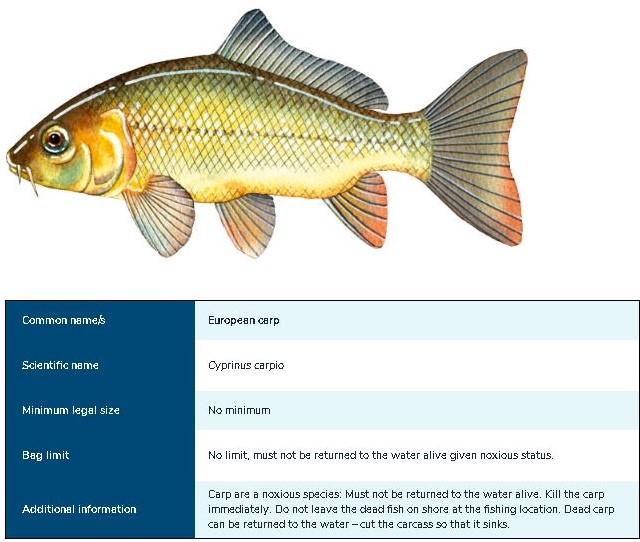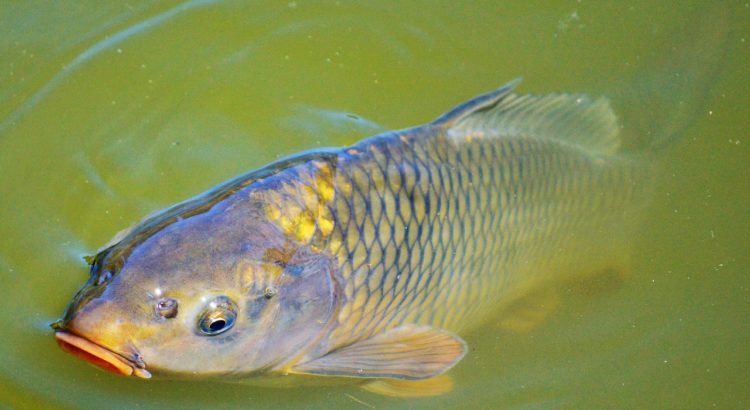European carp or commonly known as carp are an introduced species in Victorian waters. Since first being introduced in 1859 have now become a noxious species and pest.
Despite the bad reputation, Carp, however, do make great sporting fish and some may find them to taste quite pleasant. Originally distributed throughout Europe and Asia, Carp are considered a trophy species particularly in Europe.
Local Carp, however, are overpopulated and are impacting or native wildlife populations. Carp is a very hardy species that can thrive in water conditions considered very poor for native fish. Resulting in overpopulation and an abundance of these guys in our local waterways.
Considering how easily Carp are available to target for anglers these make great beginner catching fish. Often Carp can be caught in many local rivers, lakes, and dams with very basic and cheap fishing gear.
Where are Carp located?
Honestly, in Victorian Freshwater systems, Carp are located everywhere. These guys can be caught in local rivers and lakes at your doorstep. Often Carp are abundant in still or slow-flowing waters.
These guys can handle water temperatures between 5 to 32 degrees, low oxygen and in poor and dirty water conditions.
What type of set-up do you need?
When it comes to fishing for Carp, opt for a basic rod and reel setup that is lightly weighted. But can also handle bigger Carp which can grow up to a meter and over.
Often you’ll be fishing from river banks and a rod that is 7′ – 8′ will be ideal. Paired up with a suitable sized reel. Generally, spool up with a 10 – 12 lb mono fishing line. This will give you enough sensitivity and be strong enough to net larger Carp.
Unlike most fish, Carp won’t aggressively bite at your bait and at times feels like they just play with it. Lookout for very subtle bites to ensure you get a hook-up. Carp will take both bait and lures but keep in mind Carp are known to be scavengers.
Bait
If you decide to bait fish for Carp, the options are endless. Carp will often take a number of different baits that can be found in your pantry. From corn kennels, bread, bread crumbs, and cheese. Whilst other baits such as worms, grubs, and shrimps can also be used.
Rigging for Carp can be simply done with a running sinker rig or if deciding to target the top to middle water columns a floating rig should be used.
Hooks are dependent on the type of bait you’ll be using. Generally, bait-holder or long shank hooks work well. Size-dependent on bait.
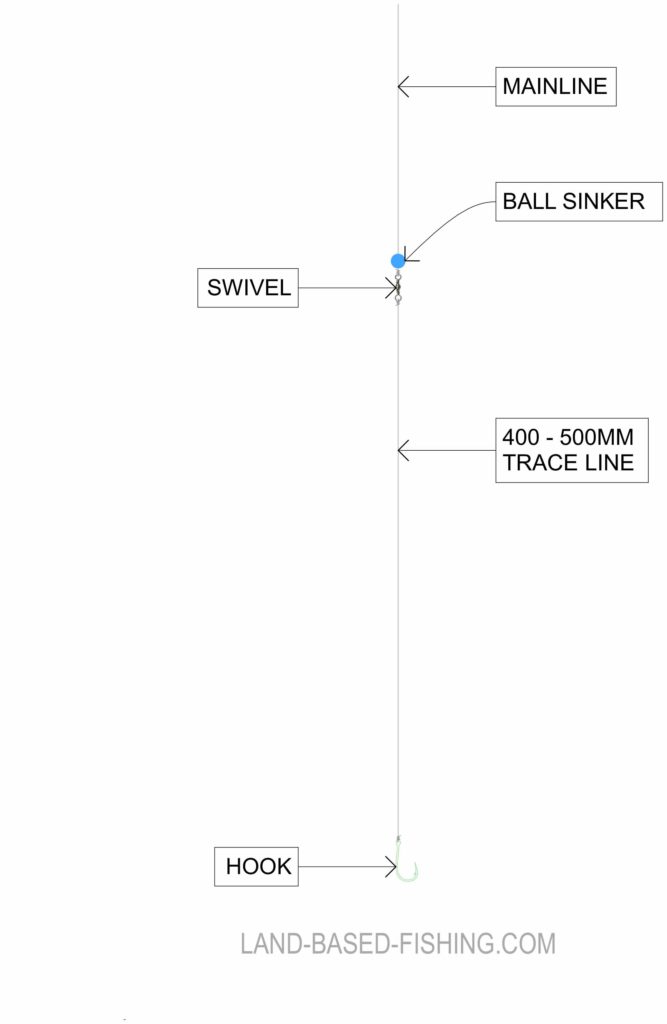
Running Sinker Rig 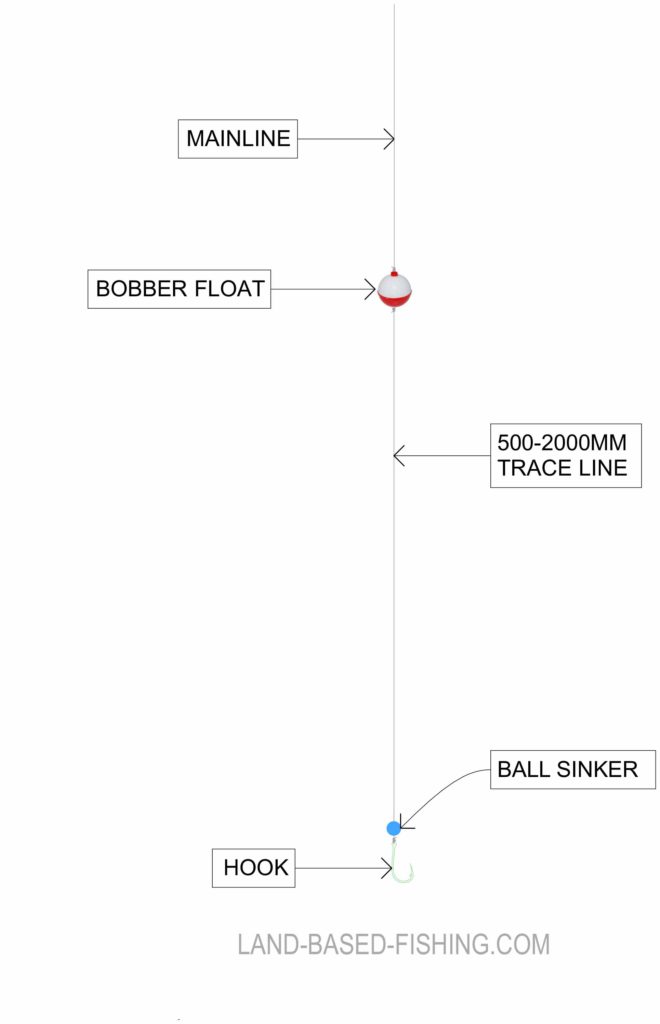
Bobber Float with a ball sinker
Lures
Lure fishing for carp is another option and at times can be more productive. Soft plastics are my go to but I’ve seen Carp caught on hard body lures and Metal Spinners.
I often work the bottom of river beds with soft plastics imitating grubs, worms, and shrimp. Often with a slow and steady retrieve and a few jerks here and there.
Especially with lures, you have to try a range of different techniques and change things up if they’re not working. At times I would have no luck with lures but as soon as I change over to a baited rig with bread dough I’ll get a hook-up.
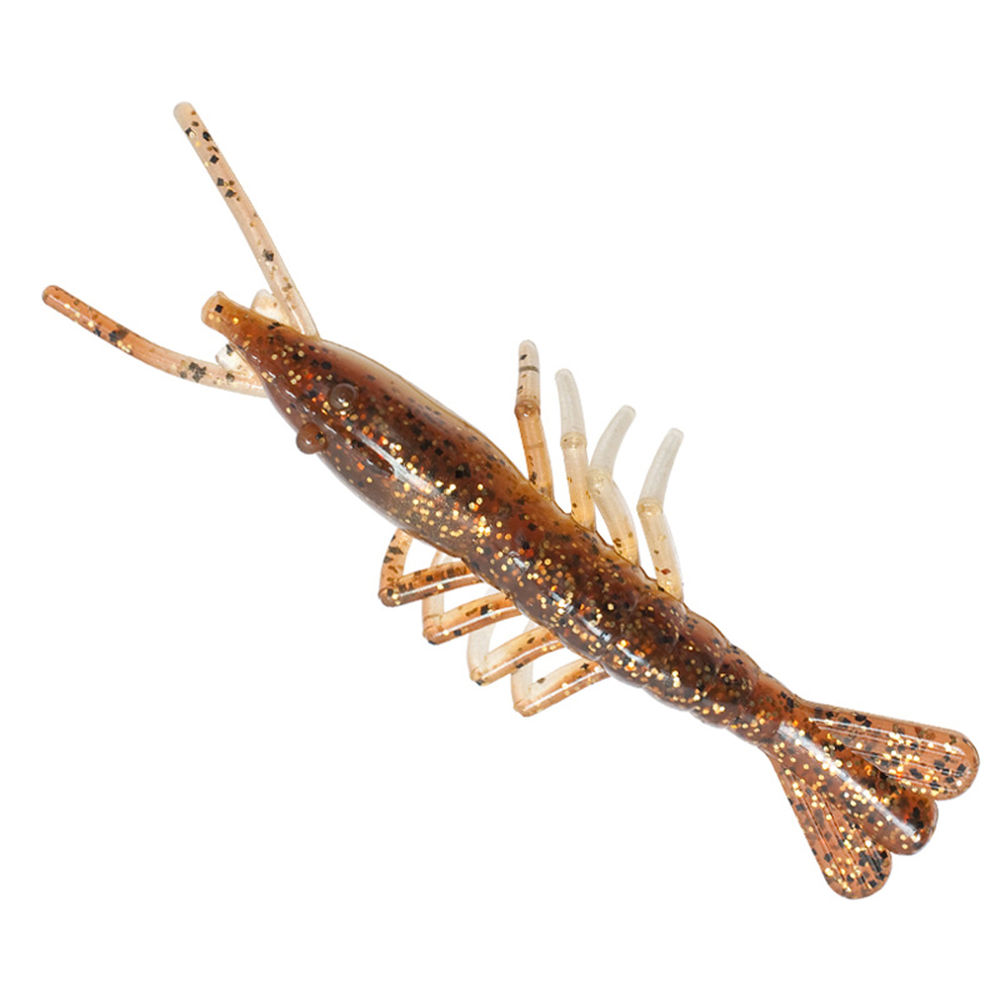
Zman Shrimpz 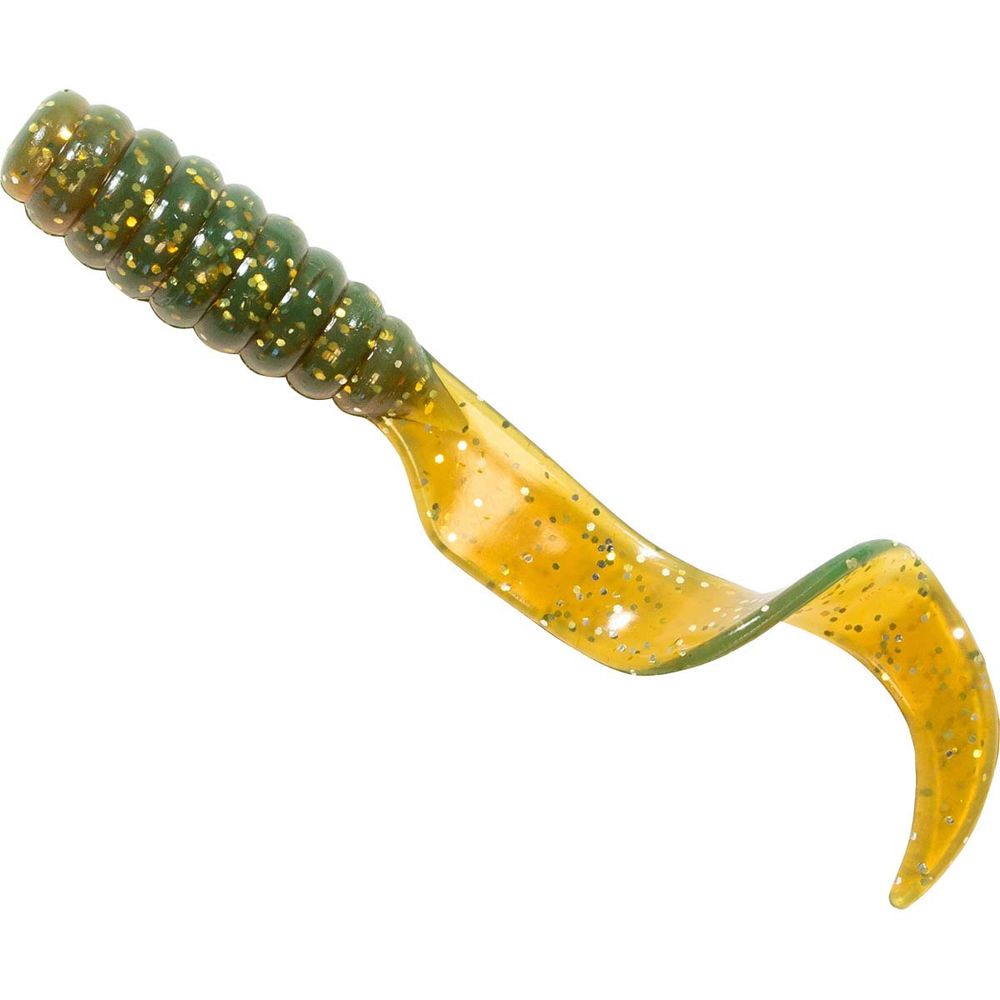
Zman Grubz 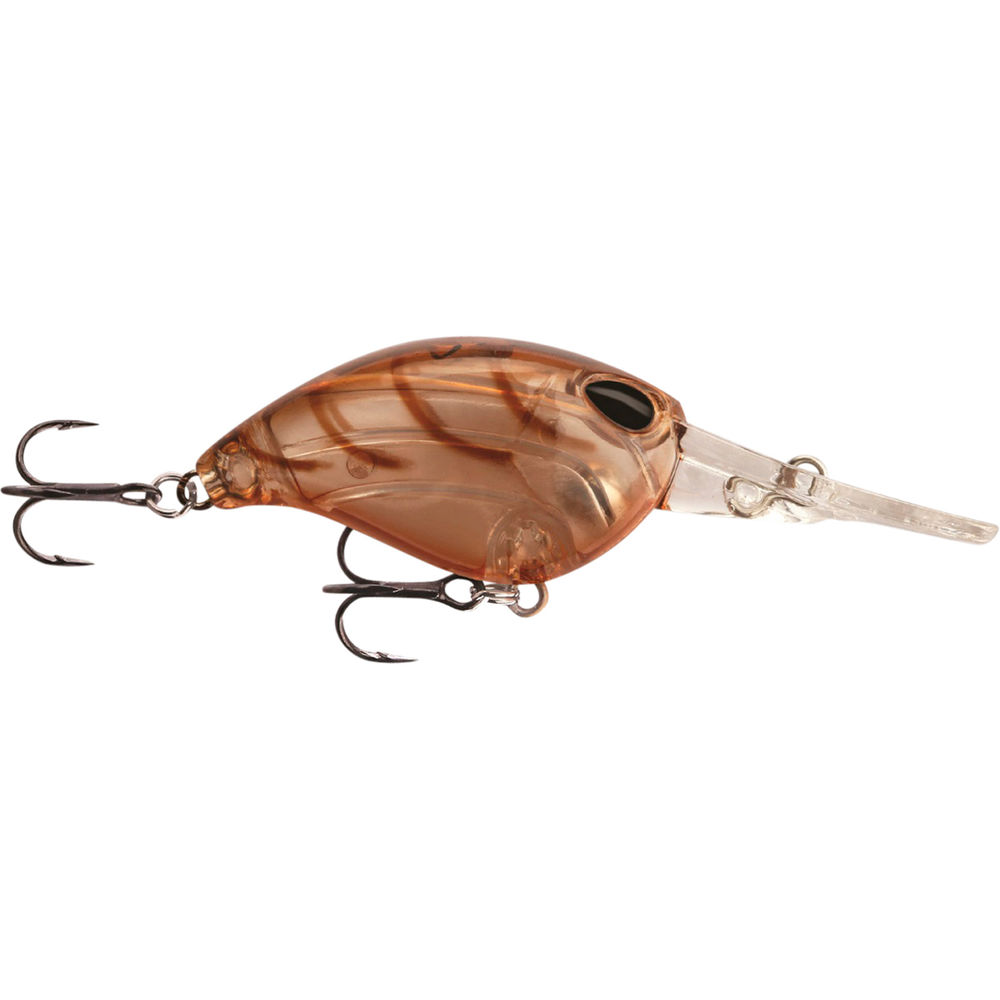
Strom Gomoku Hard Body Lure
Fishing regulations around Carp
Whenever heading out for a day of fishing always check local regulations and guidelines. State regulations may vary but for us, Victorians, seek advice from VFA ‘Victorian Fisheries Authority’ guidelines.
Carp are a noxious species and considered a pest that impacts our local wildlife populations. If caught please don’t return these guys back into our waterways but humanely dispatch of the carp immediately. Dispose of cut pieces back into the water or in domestic waste bins.
